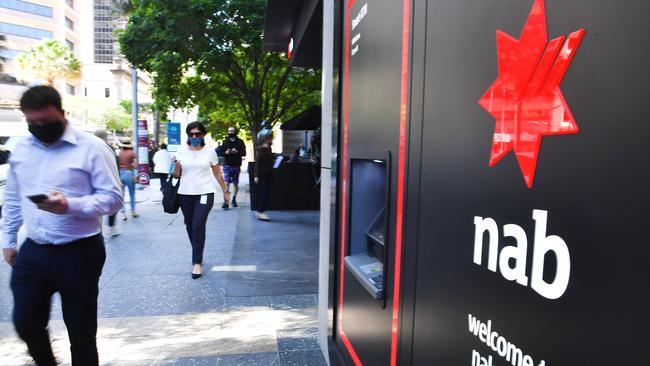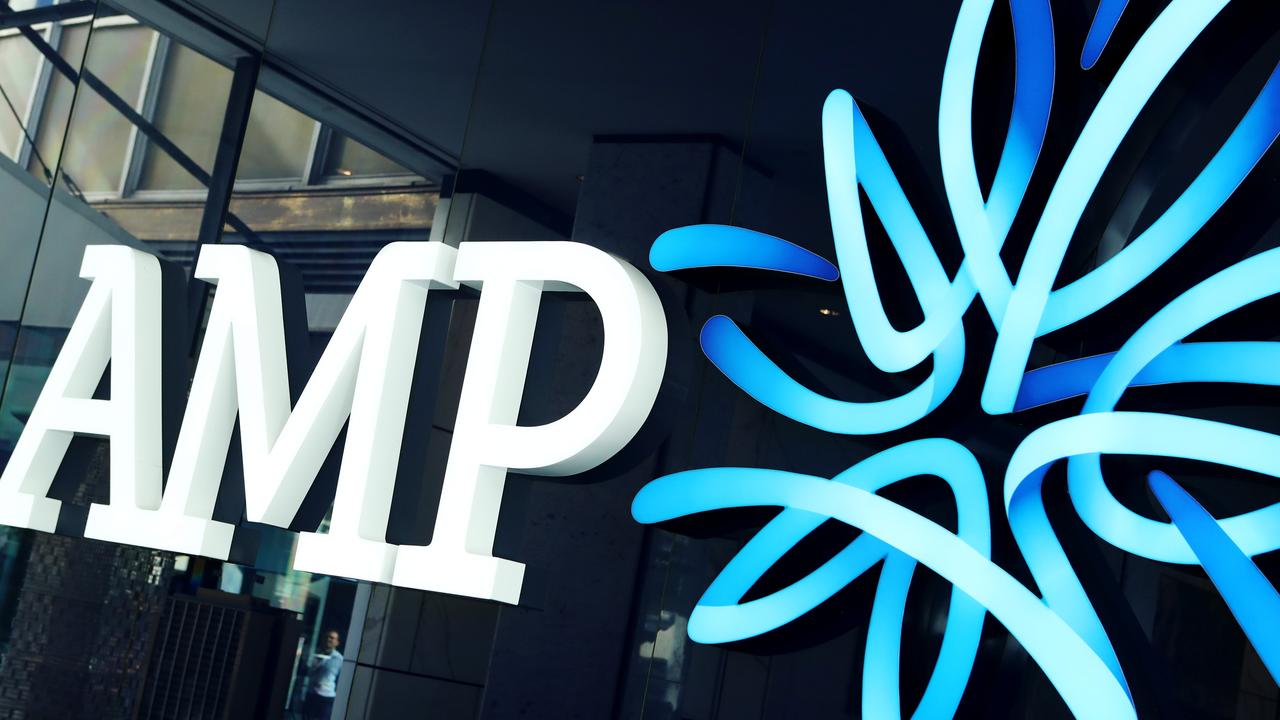NAB’s Ross McEwan reveals profit growth as bank gains market share in business, home lending
Ross McEwan highlights NAB’s strong margin performance compared to its rivals, which he attributes to the bank’s strength in business lending.

Momentum has swung decisively behind National Australia Bank, as the country’s biggest business lender benefits from the recovering economy and more resilient profit margins.
NAB shares surged 3.6 per cent by late Thursday morning after a strong quarterly update, with market-share gains in business and home lending powering the bank to a $1.8bn cash profit for the three months to December – up 12 per cent compared to the quarterly average of the second half of 2021.
“We certainly have momentum behind us, pretty much across all our businesses,” chief executive Ross McEwan said in an interview.
“There’s lots more for us to do, but we’re a relationship business and it’s proving the right place to be.”
NAB’s strength in the SME sector is proving to be a blessing, with much of the margin pressure concentrated in retail banking where competition between 160 home lenders is intense and a switch has been underway to lower margin fixed-rate mortgages.
While NAB suffered some margin pain in the quarter, in line with its peers, its net interest margin contracted by only 2 basis points, excluding treasury and markets, to 1.64 per cent.
“It was by far the smallest margin reduction (in the current bank reporting season) and shows the value of a big business banking portfolio,” Mr McEwan said.
Volumes were buoyant over the quarter, with lending and deposits both up $18bn so that the bank self-funded its growth.
The mortgage portfolio expanded by a creditable 2.6 per cent but was outpaced by a 3.4 per cent increase in business lending.
Excluding treasury and markets, the group reported a 5 per cent revenue gain, prompting JPMorgan analyst Andrew Triggs to hail the update as “outstanding”.
“This is an outstanding revenue trajectory in the context of recent peer results and our forecasts, demonstrating a franchise that is delivering both the mortgage and business markets,” Mr Triggs said.
“Mortgage, SME and institutional balance sheet growth were all strong in the quarter.
“The NIM was also under less pressure than peers, with lower funding costs offsetting much of the competitive pressures and mix impacts.”
Citi analyst Brendan Sproules agreed, saying NAB was benefiting from volume growth in business lending, which was providing an offset to the NIM pressure in mortgages.
The superior revenue result, he said, was likely to lead to upgrades in consensus earnings estimates.
On the bank’s momentum, Mr McEwan highlighted that lending volumes had increased by $30bn in the six months to September, but by more than $18bn in the three months to the end of December.
“I keep saying NAB has momentum and it’s certainly showing in our lending growth,” he said.
The NAB chief said last year’s housing boom, where prices surged about 22 per cent, would moderate this year.
Prices would rise by 5-6 per cent and might retreat in 2023, although not dramatically.
The impact of net migration, which the nation had not experienced for a few years, needed to be factored in.
Elsewhere, he highlighted that the bank’s consumer and business net promoter scores had climbed out of negative territory, with the former up 2 points to +1 to rank first among the major banks and the latter up 3 points to zero (second among the big four).
The overall result, he said, reflected NAB’s focus on executing its strategy to make the bank simpler.
“Disruptions to supply chains and labour markets caused by the recent spread of omicron present challenges for some of our customers,” Mr McEwan said.
“While this creates uncertainty, we remain optimistic about the outlook for Australia and New Zealand and are well-positioned to continue to grow with a strong balance sheet and disciplined execution of a clear strategy.”
On the cost side, expenses increased 2 per cent, mainly reflecting higher salaries and leave costs and investment to support growth, partly offset by productivity benefits.
NAB said it continued to target broadly flat expenses in 2022, despite emerging inflationary pressures.
The credit impairment charge was a writeback of $35m due to the impact of higher house prices and improving asset quality across housing and business lending.
The group common equity tier one ratio at the end of December was 12.4 per cent, down from 13 per cent last September due to a 53-basis point impact from dividend payments and 15 basis points from the continuing share buyback.






